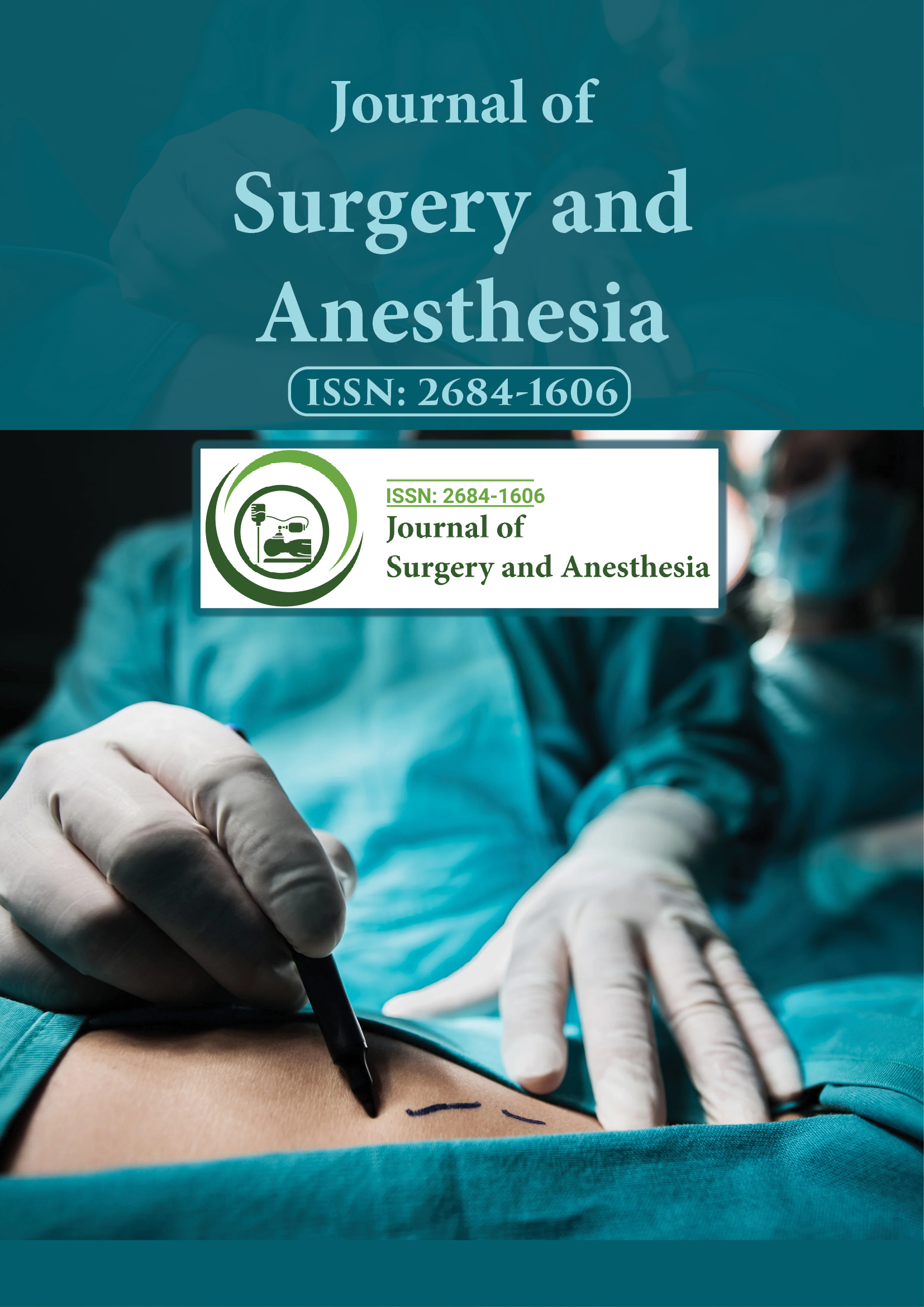Indexed In
- Google Scholar
Useful Links
Share This Page
Journal Flyer

Open Access Journals
- Agri and Aquaculture
- Biochemistry
- Bioinformatics & Systems Biology
- Business & Management
- Chemistry
- Clinical Sciences
- Engineering
- Food & Nutrition
- General Science
- Genetics & Molecular Biology
- Immunology & Microbiology
- Medical Sciences
- Neuroscience & Psychology
- Nursing & Health Care
- Pharmaceutical Sciences
Abstract
Oesophageal Perforation Management in a Tertiary Care Hospital
Usha R Dalal, Ashwani K Dalal*, Ravinder Kaur, Lakesh Anand and Ashish Dua
Recognition of oesophageal injury is often delayed due to its protean manifestations. Principles of management are: control of sepsis and contamination by diversion and/or drainage, nutrition, broad spectrum antibiotics and restoration of continuity. Age, general condition of the patient, aetiology, the anatomical location and size of perforation, early versus delayed presentation, clinical condition of the patient, underlying oesophageal disease and other associated co-morbid medical conditions are important determinants of the outcome. Primary repair is the gold standard treatment in early hours. Drainage and diversion are required when perforation is not localised and in late and unstable cases. Endoscopic stenting with drainage may be useful in selected cases. Oesophagectomy is required in extensive damage, stricture or carcinoma.
We retrospectively analyzed the data of nine patients of oesophageal injuries managed in a tertiary care hospital from 2009 to 2019. Various causes of oesophageal injury were; spontaneous perforation in 3 cases, foreign bodies in 3 cases (one each of razor blade, coin, denture), blunt trauma chest in one case, iatrogenic injury in 2 cases (one during cervical spine fixation and another due to endoscopic dilatation of corrosive oesophageal stricture). Mainstay of the treatment was: nutritional support, control of sepsis with antibiotics and drainage and/or diversion with early or delayed repair of the rent. Transhiatal esophagectomy was done in one patient. Out of eight patients who survived, oesophageal injury was diagnosed within 24 hours in only one case; however, in seven patients it was diagnosed after 24 hours. One case of delayed presentation died due to uncontrolled sepsis and multi-organ failure.
Published Date: 2020-02-27; Received Date: 2020-01-06
